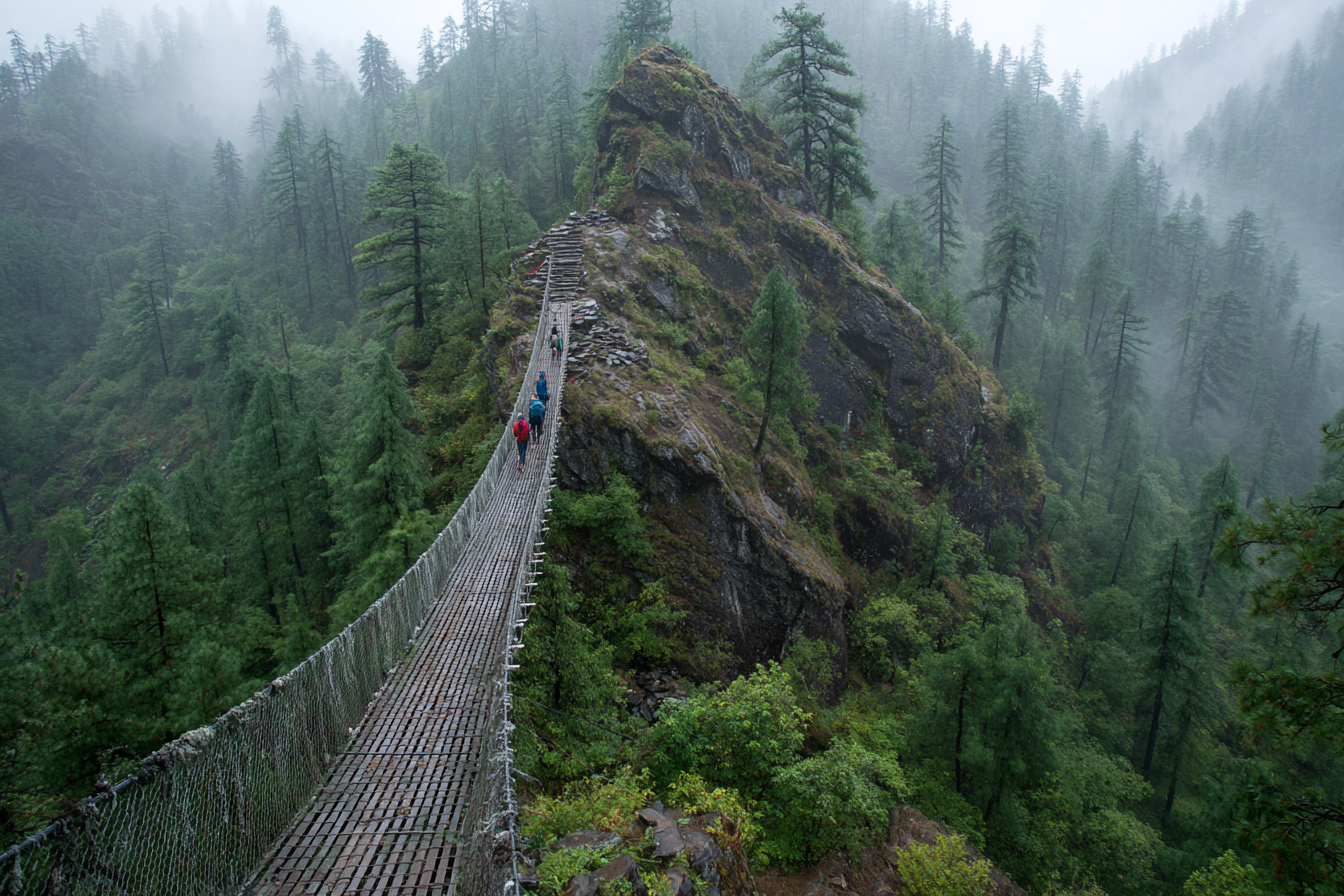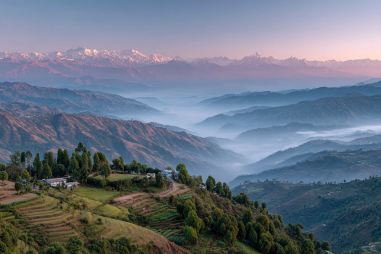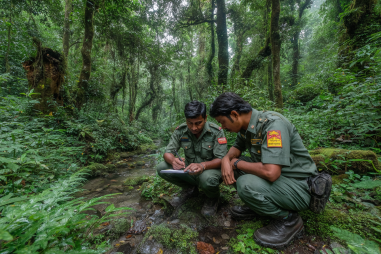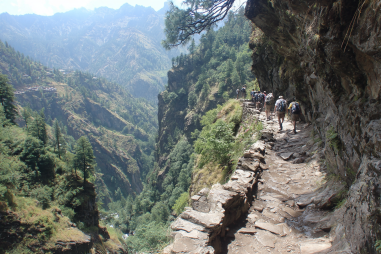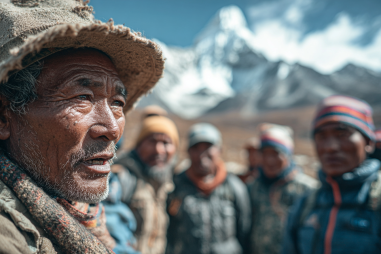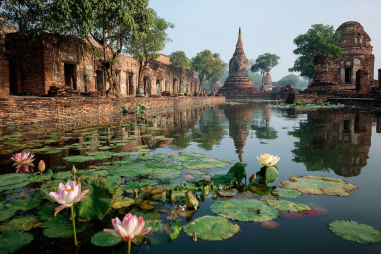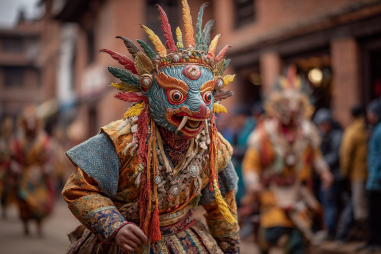Embarking on a trek to Annapurna Base Camp (ABC) is a dream for many adventure enthusiasts and nature lovers. The path to this iconic Himalayan landmark is filled with breathtaking views, diverse landscapes, and rich cultural experiences. Fortunately, there isn’t just one way to reach Annapurna Base Camp; multiple trekking routes offer unique experiences for different kinds of trekkers. Whether you’re a seasoned hiker or a first-timer, knowing the various Annapurna Base Camp trekking routes can help you select the path that best suits your preferences, fitness level, and time availability. Let’s dive into the popular routes, each offering their distinct flavor of the Annapurna journey.
Classic Route Overview
The most commonly chosen route to Annapurna Base Camp starts from the picturesque town of Nayapul, close to Pokhara. From Nayapul, trekkers head toward Ghandruk, a charming Gurung village well known for its stunning Annapurna views and traditional culture. This route usually takes around 7 to 12 days depending on your pace and acclimatization needs.
The trail passes through dense rhododendron forests, terraced fields, and quaint Gurung villages. Key stops include Ulleri (famous for its steep stair climb), Chhomrong (gateway to the base camp trail), and Dovan, offering panoramic views of the mountain peaks. Trekking via the classic route allows you to experience a smooth progression in altitude, making it an ideal option for many travelers.
Alternative and Lesser-Known Routes
For those looking for a less crowded and more off-the-beaten-path experience, several alternative Annapurna Base Camp trekking routes exist. The Mardi Himal Base Camp route is gaining popularity as a quieter and more scenic counterpart. Starting near Phedi, this trail offers close-up views of Mardi Himal and Machapuchare peaks, passing through lush forests and alpine meadows before linking up with the ABC route near Sidding.
Another less frequented path is the route via Jhinu Danda, famous for its natural hot springs which provide a perfect spot to relax after long days of trekking. This approach adds a soothing experience to the adventurous trek. Though slightly longer, it lets trekkers connect with different villages and enjoy varied landscapes.
The Annapurna Circuit segment from Chame or Manang to Himalaya also provides a majestic alternative route to ABC’s vicinity, combining the trek with high passes and cultural encounters in Tibetan-influenced areas. This path suits trekkers seeking a more demanding and extended adventure.
Comparison of Difficulty and Length
Understanding the difficulty and duration of each trekking route helps you plan adequately and set expectations. The classic ABC trek is moderate in difficulty, generally suitable for trekkers with average fitness levels. The altitude gradually increases, peaking around 4,130 meters at ABC, requiring good acclimatization practices.
Alternative routes like Mardi Himal and Jhinu Danda routes are slightly less strenuous in terms of steepness but may present challenges with fewer facilities and longer distances. The Annapurna Circuit portion demands higher endurance and experience with rugged terrain and higher passes but rewards trekkers with unparalleled Himalayan panoramas.
Typically, the classic route takes about 8-12 days round trip, while some alternative routes can extend up to 14 days depending on starting points and detours. It’s essential to consider how much time you can dedicate and your physical capacity before selecting a route.
Scenic Highlights Along Each Route
Each trekking route to Annapurna Base Camp offers distinctive scenic highlights that captivate the senses. The classic trail is celebrated for its vibrant rhododendron forests, dramatic waterfalls, and especially the ever-present views of snow-capped peaks like Annapurna South, Machapuchare (Fishtail), and Hiunchuli.
The Mardi Himal route rewards trekkers with sweeping views of the Mardi Himal peak itself, plus the lesser-seen ridges that create a wild, untouched mountain ambiance. As you ascend, alpine meadows bloom with colorful wildflowers in spring and summer.
The Jhinu Danda route is particularly loved for its serene riverside paths and the chance to soak in natural hot springs, a rarity along the trails. Meanwhile, the Annapurna Circuit portion immerses travelers in the stark beauty of high-altitude landscapes, dramatic cliffs, and expansive vistas of the Annapurna and Dhaulagiri ranges.
Accommodation and Facilities on Different Paths
Accommodation options vary across these trekking routes but generally involve teahouses and lodges that cater to trekkers’ basic needs. On the classic route, teahouses are plentiful and well-established, offering simple rooms with beds, meals, and hot showers for a modest fee. This accessibility makes it a popular choice for first-time Himalayan trekkers.
In the alternative routes, accommodations may be more rustic and less frequent, especially in less trafficked areas like parts of the Mardi Himal trail. Some lodges may offer limited amenities, so carrying suitable gear is advisable. Jhinu Danda’s hot springs are accompanied by small guesthouses, adding to the comfort.
Facilities such as WiFi, charging points, and ATM access are unevenly distributed even on the classic route and become scarcer in more secluded regions. Planning to carry cash and basic medical supplies is wise, regardless of your path.
Cultural and Natural Points of Interest
The Annapurna region is rich in both cultural heritage and natural wonders. Along the classic route, trekkers get a glimpse of Gurung culture through local architecture, traditional meals, and festivals if timed right. Villages like Ghandruk and Chhomrong showcase ancestral customs and warm hospitality.
The alternative paths offer chances to interact with different ethnic groups such as the Thakalis and Manangis, especially on routes branching into the Annapurna Circuit. Many villages have Buddhist monasteries, mani walls, and prayer flags that enrich the spiritual ambiance of the journey.
Natural highlights include diverse flora and fauna — from subtropical forests at lower elevations to alpine meadows home to endemic birds and rare Himalayan wildlife. The varying ecosystem changes provide educational and photographic opportunities throughout the trek.
Tips for Planning Logistics Based on Route
When choosing your Annapurna Base Camp trekking route, logistical considerations play an important role. For the classic route, accessibility is convenient with frequent bus or taxi rides from Pokhara to Nayapul or Pokhara’s nearby starting points. Permits such as the Annapurna Conservation Area Permit (ACAP) and TIMS are required, and both can be obtained with ease.
Alternative routes may start from less accessible trailheads, meaning extra transport arrangements could be needed. Researching local transport options and pre-booking where possible is recommended.
Carrying layers suitable for fluctuating temperatures, adequate hydration packs, and snacks is crucial across all routes. Assessing your travel insurance coverage to include high-altitude trekking is equally important.
Seasonality and Route Conditions
The best time to trek to Annapurna Base Camp generally includes the pre-monsoon months of March to May and the post-monsoon months of late September to November. During these periods, weather tends to be stable, with clear skies, moderate temperatures, and vibrant natural surroundings.
The monsoon season (June to August) is usually avoided due to heavy rainfall, muddy trails, and landslide risks, although some trekkers may still brave the conditions for a lush green experience. Winter months bring cold temperatures and possible snowfall at higher elevations, which can make trekking challenging yet rewarding for experienced hikers.
Route conditions vary accordingly — some alternative routes may be closed or less safe during adverse weather, so always check local weather reports and trail status before starting your adventure.
Choosing Your Perfect Trekking Route to Annapurna Base Camp
With so many options available, selecting the right Annapurna Base Camp trekking route depends on what you want from your journey. If you’re seeking a well-traveled and scenic adventure with robust facilities, the classic Nayapul-Ghandruk route is ideal. For a quieter trek with enhanced mountain solitude and diverse landscapes, Mardi Himal or Jhinu Danda routes provide excellent alternatives.
Seasoned trekkers wanting to extend their Himalayan experience and engage with varied cultures will find portions of the Annapurna Circuit challenging and rewarding. Regardless of the path you choose, the journey to Annapurna Base Camp is a transformative experience filled with incredible vistas, cultural richness, and personal achievement.
Prepare well, respect the mountains, and enjoy the magic that the Annapurna region has to offer!

